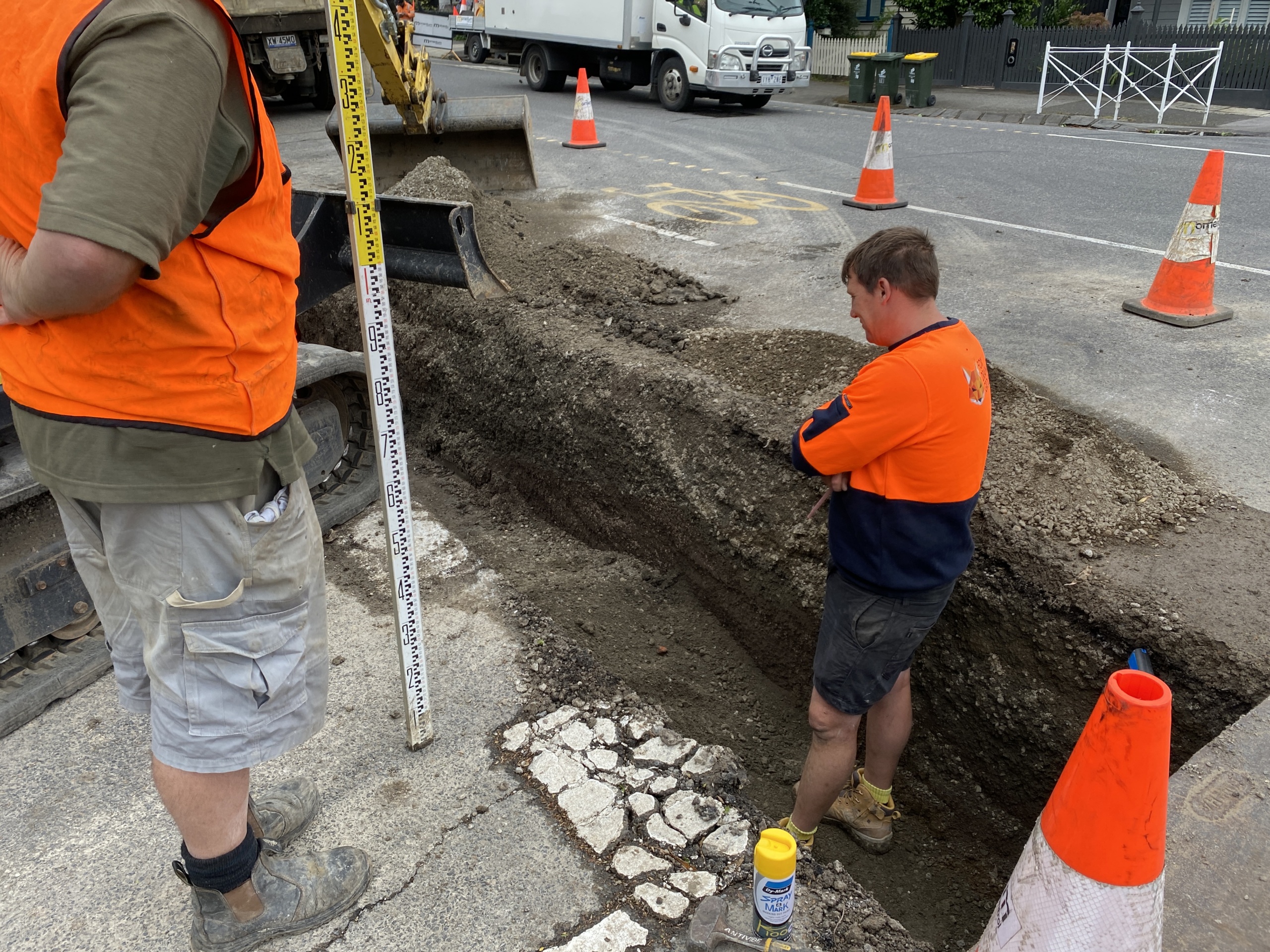
Our take on clarifying whether we will see 100% renewable gas in our homes…
Gas burned in our homes is known as ‘natural’ gas and is a naturally occurring gas. ‘Natural’ gas is methane and produces global warming gas carbon dioxide when burned in space heating, hot water generation or cooking.
While the gas industry is advertising on TV about renewable gas, and trials are occurring for introducing clean burning hydrogen (when burned it produces only water) into our domestic gas network, no clear path is confirmed on how and when all of the network could deliver beyond 10% hydrogen. And beyond this 10% level many appliances will need to be replaced to accommodate higher hydrogen content.
From the Grattan Institute report Hydrogen: Hype, hope, or hard work? https://grattan.edu.au/report/hydrogen-hype-hope-or-hard-work/
The federal government should promote hydrogen use in the production of ammonia, alumina, and iron.
The government should rule out further investment in hydrogen uses unlikely to be viable, including for replacing natural gas in homes and commercial buildings, and replacing petrol and diesel in cars and utes.
And the government should be more cautious about supporting hydrogen uses such as long-duration energy storage and long-distance road freight, because it is not yet clear whether using hydrogen is the best way to decarbonise these activities.
So the key messages are:
- Hydrogen is a green gas and will help us get to net zero emissions by 2050, but will serve us well in its niche areas where its use can be well controlled.
- We understand one of the key issues with hydrogen gas use in the home is that as a very small molecule distributed by a very large, limited maintenance, pipe network under our streets, and significant leaks will occur.
- Installing gas infrastructure into buildings ties the development to burning a greenhouse gas fuel until the infrastructure is replaced. It is better for current and future occupants, who want to do their bit to reduce global warming, not to install gas infrastructure at the time of building development or refurbishment.
The alternative is electric infrastructure. Even without installing solar panels, electricity from the standard business-as-usual electricity grid is increasingly relying on more renewables for electricity generation. In the last year 41.4% of Victoria’s grid electricity came from renewable electricity[1]. By 2030 this will be beyond 50%[2]. All electric services and appliances will automatically become greener due to the greening of the electricity network. And going green with electric services is a proven, known solution.
[1] OpenNEM https://opennem.org.au/energy/vic1/?range=1y&interval=1M 6 Dec 2022 – 6 Dec 2023.
[2] Victorian Government legislated Renewable Energy (Jobs and Investment) Act 2017 https://www.energy.vic.gov.au/renewable-energy/victorias-renewable-energy-targets



